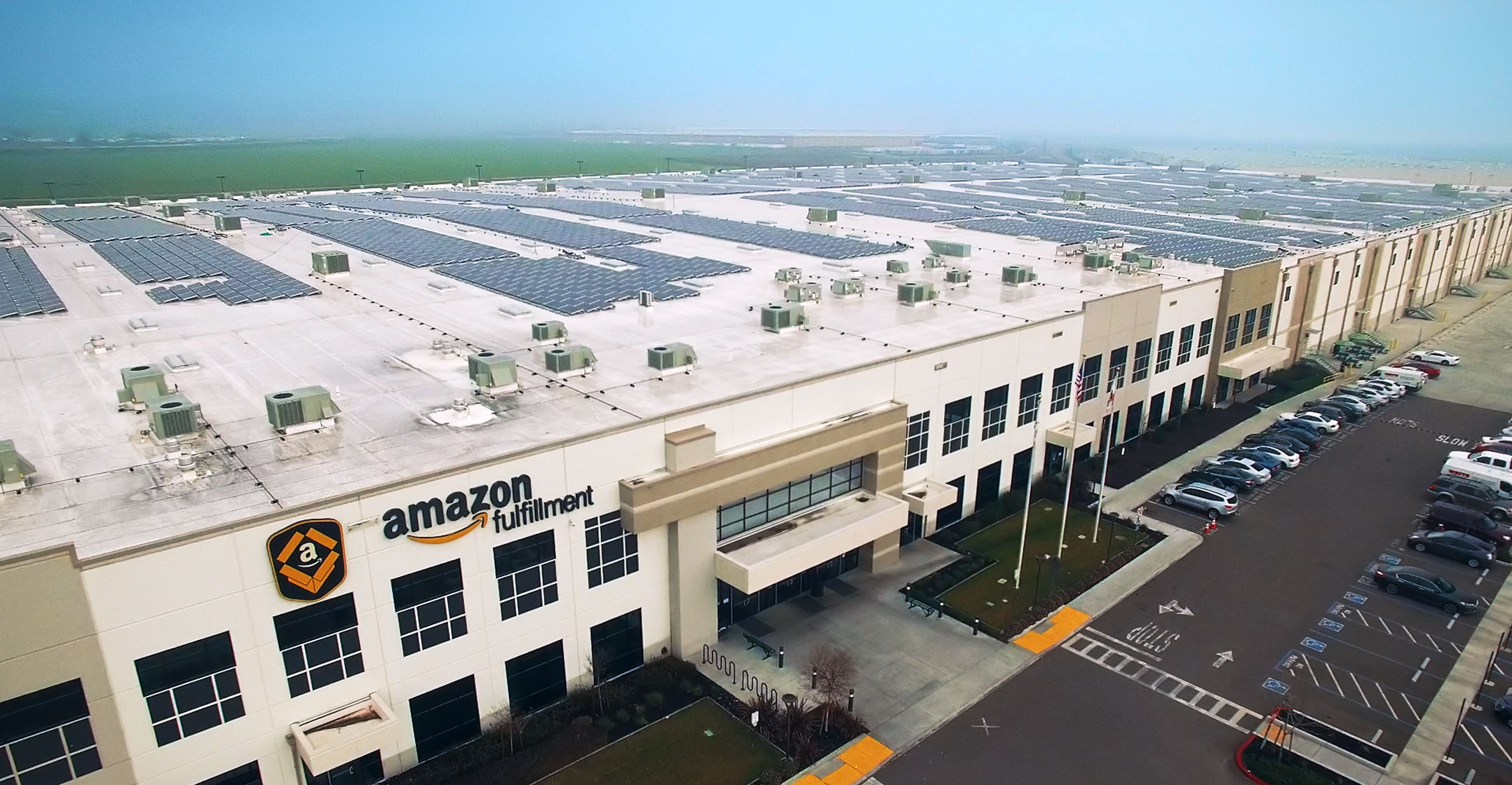 Amazon.com confirmed on Thursday what has been a slowly evolving financial picture. It is now a company that is more profitable than it has been in years, but the supercharged growth is gone.
Amazon.com confirmed on Thursday what has been a slowly evolving financial picture. It is now a company that is more profitable than it has been in years, but the supercharged growth is gone.
Investors knew this change was happening, but it’s still odd to see it in black and white. Amazon said on Thursday that its rate of revenue growth in the first quarter was 17%, the slowest rate since an awful patch for the company four years ago. The number of individual items sold on Amazon, excluding its Whole Foods supermarket, increased 10% from a year earlier. Just one year ago, that growth rate was 22%.
Combined with other figures Amazon disclosed recently, it’s clear that shopping on Amazon is growing not much faster than the US e-commerce market as a whole. That is so dull for a company as muscular as Amazon. Again, investors have seen this slowdown coming, but that doesn’t make it less stunning.
The compensation for this relative growth malaise is a sea of profits, at least by Amazon’s parsimonious standards. As has been true for some time, a larger share of revenue in the first quarter came from Amazon’s relatively higher-margin businesses including its Amazon Web Services cloud computing division and the operation that takes a commission and other fees from merchants that use Amazon as a sales conduit.
The company — contrary to what executives said three months ago — was also restrained in its spending, although executives said hiring costs will increase later in 2019. Amazon’s chief financial officer also dropped a bomb on a conference call with investors: he said Amazon is working on a project to move its two-day shipping standard for its Prime membership club members to one day. That will boost the appeal of Prime to many people, although Amazon said that will cost about US$800-million in the second quarter, which will pinch margins ahead.
Relative restrained
Nevertheless, the relatively restrained spending in the first quarter lifted Amazon’s operating profit margin to 7.4%, a number so high by Amazon standards that I had to check my maths four times. My figures go back to 2005, and Amazon since then has never posted a higher quarterly operating margin.
This is Amazon now: steadily getting to almost normal company-sized profitability but without the eye-popping e-commerce growth that made it the terror of retail.
Growth, of course, is in the eye of the beholder, but most of the superpower US technology companies are in similar situations. Apple’s revenue has started to retreat, at least for now. Facebook and Google are posting slower growth or slimmer profit margins, or both.
 And those conditions may be just fine. These companies are enviable and have healthy growth potential — perhaps Amazon most of all. The vast majority of the world’s $20-trillion in annual consumer spending still happens in physical stores, and Amazon has a massive opportunity as more of that spending happens online. The company has a similar lucrative market in business-technology spending, where the winds are blowing towards AWS’s strengths.
And those conditions may be just fine. These companies are enviable and have healthy growth potential — perhaps Amazon most of all. The vast majority of the world’s $20-trillion in annual consumer spending still happens in physical stores, and Amazon has a massive opportunity as more of that spending happens online. The company has a similar lucrative market in business-technology spending, where the winds are blowing towards AWS’s strengths.
Given the size of Amazon’s opportunity and its track record of making big (and often correct) bets on new categories, it’s hard to say Amazon’s go-go growth days are gone for good. Amazon is just scratching the surface in food, health care, home furnishings, corporate tech, advertising and much more. The size of Amazon’s opportunity, however, makes it all the more baffling that the company has hit a growth lull. — (c) 2019 Bloomberg LP




